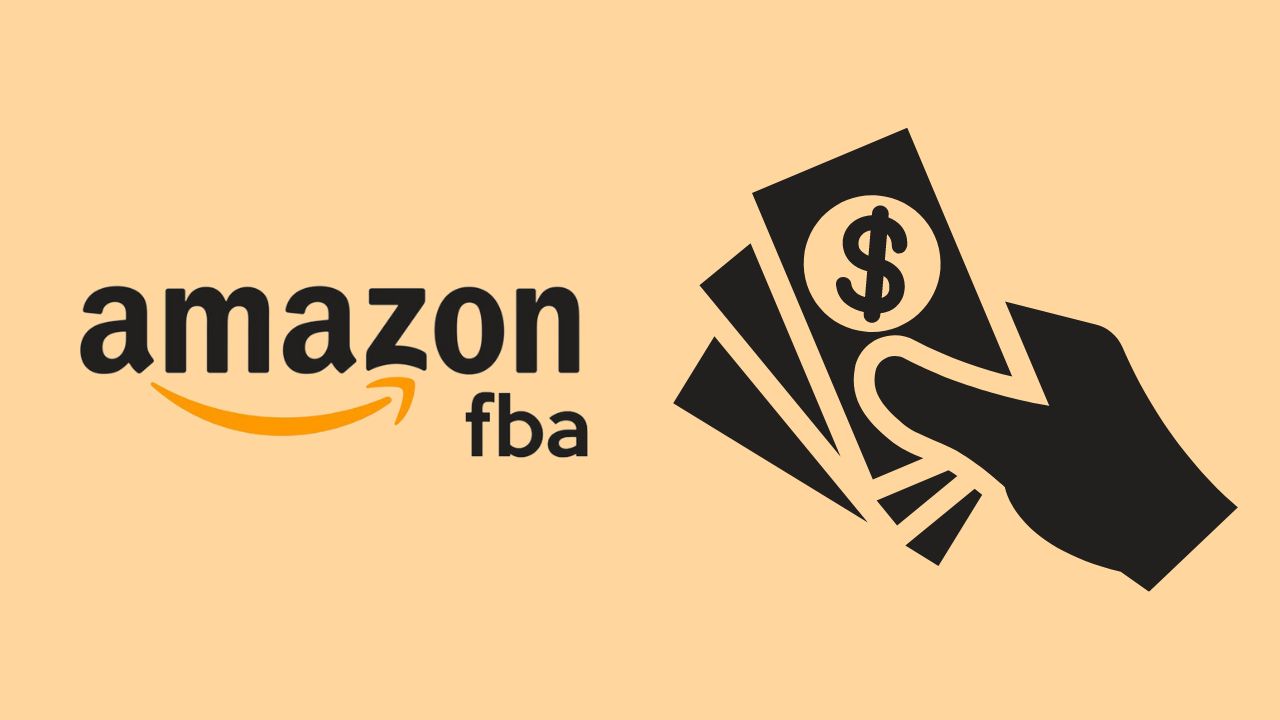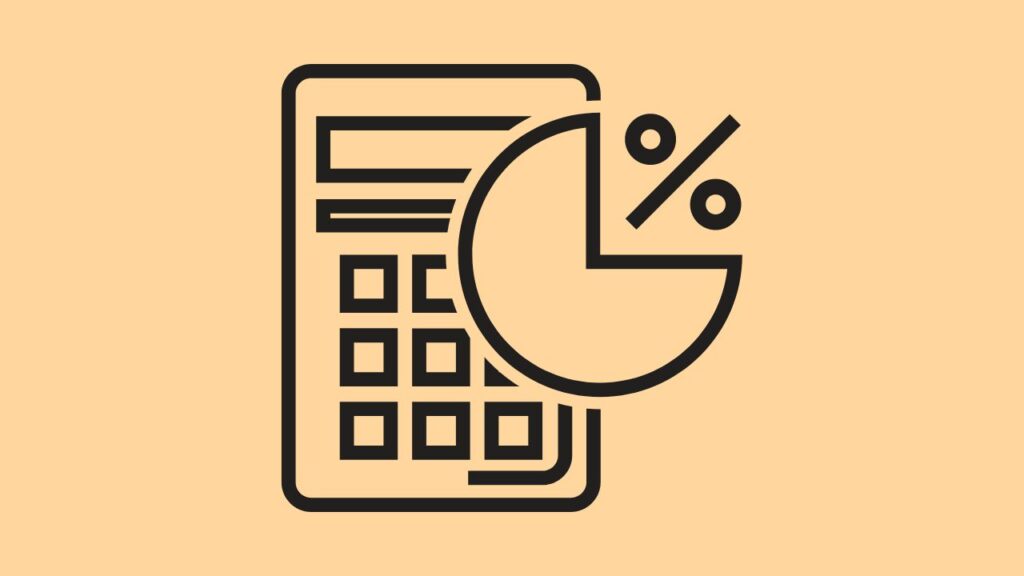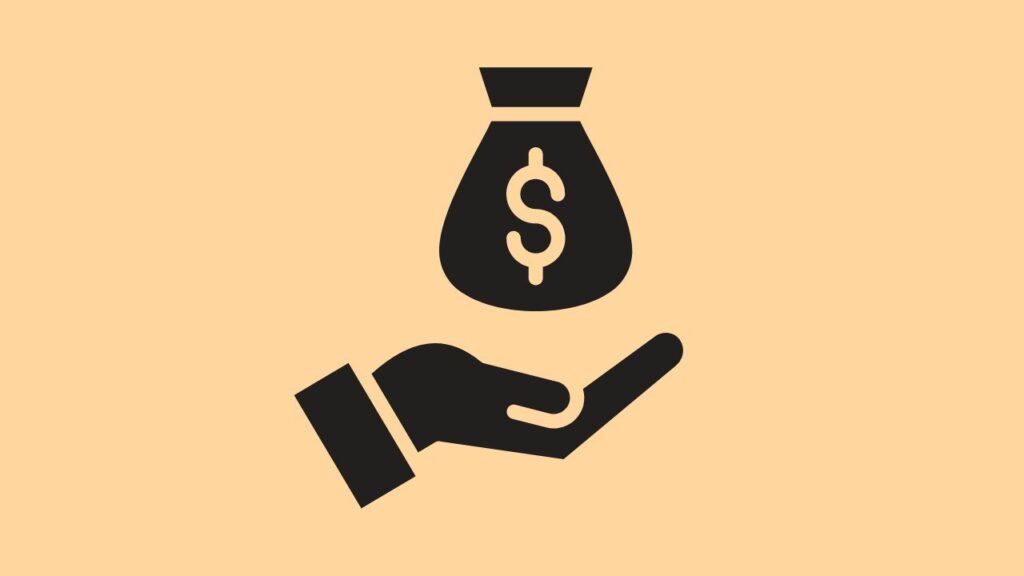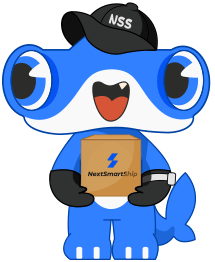When it comes to e-commerce business, Amazon accounts for nearly 40% of all sales made in the US, making it a massive potential for those who want to utilize this potential for huge profits. But running a successful business or fulfillment on Amazon comes with quirks and fees you must manage. To stay ahead of the curve and earn substantial profits, you must know Amazon FBA Fees in 2024.
This article provides a detailed breakdown of the Amazon FBA seller fees you should consider to optimize your finances.

Part 1. What are Amazon FBA Fees?
Any Amazon services you use, whether Amazon’s storefront, fulfillment channels or other services, come at a cost or fee. The following are the three main types.
- Seller fees.
- Fulfillment fees.
- Inventory storage fees.
These different fees are based commonly on three core aspects, which are as follows.
- The weight of your product is calculated using the volumetric calculator.
- What are the dimensions of your product based on the category of items under which it falls?
- Are you using Amazon storefront or any other 3rd party channel?
So, for example, if you are enjoying their fulfillment services, the Fulfilment and Monthly Storage Amazon FBA Fees are what you should worry about.
Part 2. Core Amazon FBA Fees
Following are the core Amazon FBA Fees that make up the deductibles, after which you can start calculating your profits.

1. FBA Fulfilment Fees
These Amazon FBA seller fees are charged to the buyer for each item they buy from Amazon. The standard price varies based on the three main types discussed above: weight, dimension, and category.
Furthermore, you need to check on different categories according to your product, as each category has different charges based on three types. The most common ones are:
- Apparel and Non-Apparel.
- Dangerous and non-dangerous goods, with standard and oversized products.
- Small and light items.
The latest prices will be in effect from April 15th, 2024, and have been reduced from previous years.
2. Storage Fees
This type of Amazon FBA Fees is charged if you store inventory in an Amazon warehouse. Amazon will charge you this fee at the end of each month, which is reduced for 2024 starting in April by $0.09/ft3. However, there is no change if you store big products that fall under the bulky category. The monthly inventory that comes under offpeak storage is the same as well.
3. Disposal Fees
Also called FBA removal or disposal, Amazon FBA Fees are what you pay for an item you take from Amazon’s inventory. Most of the time, this product is something a customer returns for any reason and isn’t selling at all.
Amazon charges you an amount for this disposal, which you agreed upon when creating your account. For example, if the product is standard size and weighs less than 0.5 lb, the Amazon FBA Fees are $0.97 and $3.12 if the same product is oversized.
You must remember that if the customer returns the product, Amazon will charge you a removal fee. If Amazon returns the same product or any slow-moving one, they will charge the disposal fee.
4. Other Fees
Following are Amazon FBA seller fees that come under other fee types.
Aged Inventory Surcharge—Any item that Amazon keeps in store for you for more than 271 days and less than 365 days. In the recent update, there are different changes based on the number of days, but they mostly start now at 300 and go up to more than a year.
Return Fees – There are certain items that Amazon allows customers to return. Therefore, Amazon will charge you a return fee for such items.
Manual Process Fees—These types of Amazon FBA Fees apply to items that have a higher rate of return. For example, Amazon will begin charging you for each item if a customer returns apparel or shoes starting June 1st, 2024.
For every unit the customer returns until October, the price will be $0.15. In the case of returns they will make from November to December, the cost will be $0.30 per unit.
Part 3. How to Calculate Amazon FBA Seller Fees?
Whether you are a new seller just starting out your business or a veteran, you need to consider many Amazon FBA Fees before calculating your revenue. We have mentioned most of the Amazon FBA seller fees above, but please follow the steps below to calculate them.

1. Considering the Details of Your Order and Product
The first step in calculating Amazon FBA Fees is to consider the number of orders you receive each month and the average number of items per order. Secondly, it is best to calculate how much you make by subtracting the average manufacturing or production cost from the average sale price of your products.
Similarly, you need to consider the weight and dimension of your orders, as they will guide your storage and fulfillment fees. The other costs will help you understand the overall revenue you will be making, and finally, the Amazon FBA seller fees.
2. Adding Amazon FBA seller fees
Amazon provides two plans, a professional plan and an individual plan, which differ in certain ways. If your total number of orders is less than 40, you can opt for the individual plan; for anything over 40, you better choose the Professional plan.
The good thing is that you have no sub fees for the individual plan as Amazon supports new and small-time sellers, and the per-item fee is only $0.99.
As soon as you start selling more than 40 items each month, you need to purchase the professional plan, which will cost you $39.99 monthly.
Furthermore, you now have to pay 15% of your product’s sale price as a referral fee. These charges only apply when you start selling goods and bringing in many orders.
3. Review Cost and Profits
Typically, you may combine different costs and revenues generated, but we recommend breaking down each Amazon FBA Fees category we discussed. The breakdown will help you understand your spending. Mind you, these costs can easily sneak up on you if you do not categorize them.
Finally, the significant benefit of the breakdown is that you can see if you are making enough profit to make Amazon FBA worthwhile.
4. Considering Alternatives
In the previous sections, we discussed multiple costs that makeup Amazon FBA Fees. Different aspects and categories create different fee pricing. Now, after you have calculated everything, you need to consider your profit.
Now, even if you are on the plus side, it doesn’t mean you are sustaining a good business if it is the sole income you have. If this is the case, looking for other avenues is always beneficial. Many companies and logistic support entities can take up most of what we mentioned above.
So, if a dedicated service can take care of everything above and save you more, why would you consider Amazon FBA? The next section has the best solution if you want to know more.
Part 4. Save Money for Amazon FBA Prep

If you are looking for an easy, fast, and affordable solution to delivering your products to any Amazon FBA warehouse worldwide, including China, NextSmartShip is the answer. They help your business grow by caring for picking, packing, shipping, and fulfilling your orders.
When your products are delivered to your customer’s doorstep, you can focus on enhancing the quality of your product. NextSmartShip doesn’t just fulfill your order but makes it immensely simple to integrate your store and order management.
Your products will be delivered to customers at peak times with their global warehouses. Furthermore, you can save on many of your Amazon FBA Fees, increasing your profit margin. Contact NextSmartShip today to discuss how they can best serve your business.
Conclusion
In this article, we discussed in detail the different types of Amazon FBA Fees and how you can calculate them with a valuable and practical tutorial. If you are generating good profits, it is advisable to go for Amazon FBA; otherwise, it is best to consider a third-party logistics company.NextSmartShip is a company that not only increases your profit margin but also picks and packs your orders and gives tons of other benefits. Visit NextSmartShip today and get the best shipping rates on your shipping. The rates are guaranteed the best for standard and express shipping.


